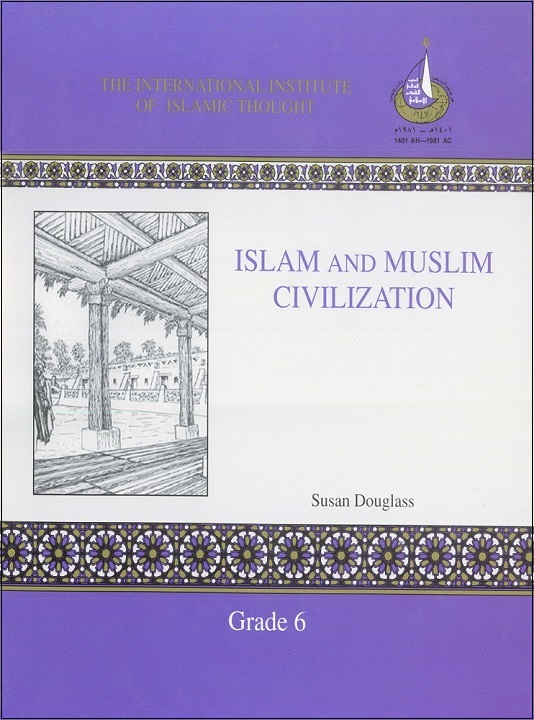
Islam and Muslim Civilization: A Supplementary Social Studies Unit for Sixth Grade This unit is intended to provide upper elementary and junior high school students With an introduction to Islam and the civilization which Muslims built. The scope of the materials offered here make H possible to substitute them for typical textbook units on Islam and Muslims, which are generally inadequate and faulty in many ways. The guiding objective of this unit is that the students acquire basic familiarity with Islam's major tenets and the progress and contributions of Muslims who carried Islam onto the world stage. Its essential objective is to provide historical context to the emergence of Islam, and to deal with a broad range of historical issues surrounding the rise of Islam in an intellectually satisfying manner, by citing historical evidence. Chronologically accurate placement of the unit is following the fall of the Western Roman Empire and its continuation as Byzantfum. By placing units on Islamic, African and East Asian civilizations in random sequence, textbook treatments of world history ohen fail to show that civilizations outside of Europe contributed to gradual and interdependent global development toward the modern world. Civilizations of China, India, Africa and the Near East or~ fixed in students' minds as "also-rans'' of history. Current historical scholarship recognizes ,that Europe's Renaissance and later dominance would have been unthinkable without direct cross-pollination from other parts of the Old World. Over a period of more than a thousand years, Muslim rulers were a major factor in the poli tical equation of the Old Wodd. Islamic civilization was a crucible of technological and scientific knowledge from the known wodd up to its time. In trade, it formed a hinge between East and West. New studies ore still uncovering evidence of influence on Europe from Muslim and other non-Western sources. Susan Douglass has an M.A. in Arab Studies from the Georgetown University Center for Contemporary Arab Studies, and a B.A. in History from the University of Rochester. She is a doctoral candidate in world history at George Mason University. During 2006, she served as Senior Researcher for the United Nations Alliance of Civilizations initiative, and served as an Affiliated Scholar with the Council on Islamic Education for a decade. Major publications include World Eras: Rise and Spread of Islam, 622-1500 (Thompson/Gale, 2002), teaching resources for the Council on Islamic Education and the National Center for History in the Schools, and a children’s book, Ramadan (Carolrhoda Books, 2002. She is contributor to online teaching resources such as the IslamProject.org, the website and teaching resources for the documentary film Cities of Light (islamicspain.tv), the Smithsonian Freer Gallery teaching guide Arts of Islam, Children and Youth in History at the Center for History and New Media at George Mason University, and the San Diego State University curriculum project World History for Us All. She designed and developed the online resource The Indian Ocean in World History. As researcher and author of the study Teaching About Religion in National and State Social Studies Standards (Freedom Forum First Amendment Center and Council on Islamic Education, 2000), she has continued to study national and state world history and geography standards since 1995. She conducted teacher workshops nationwide for over a decade before developing the education outreach program at the Center for Muslim Christian Understanding, which has held workshops in 25 states since 2007.
Paperback: 978-0-8403-9942-7 / Price: $29.95 eBook: 978-1-56564-889-0 / Open Access Size: 6x9 inches Pages: 118 Year of Publication: 1995
